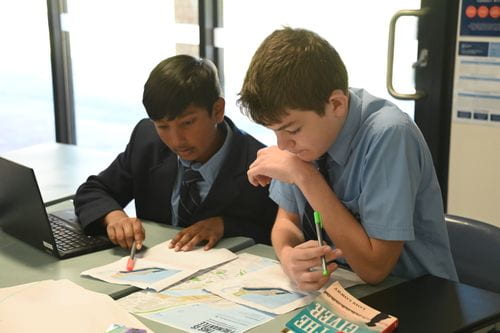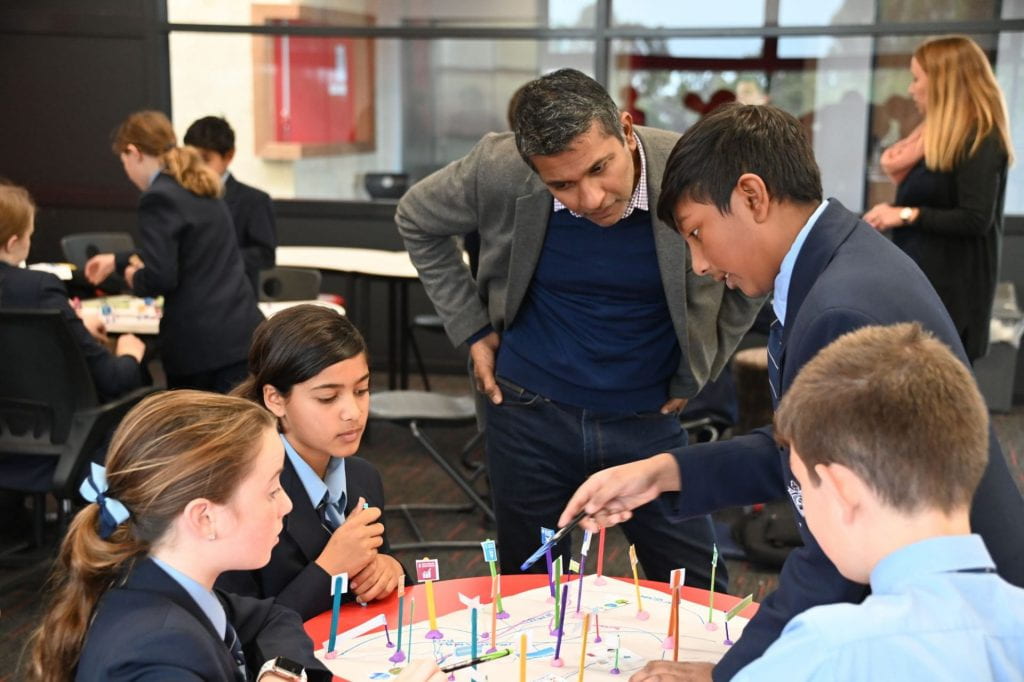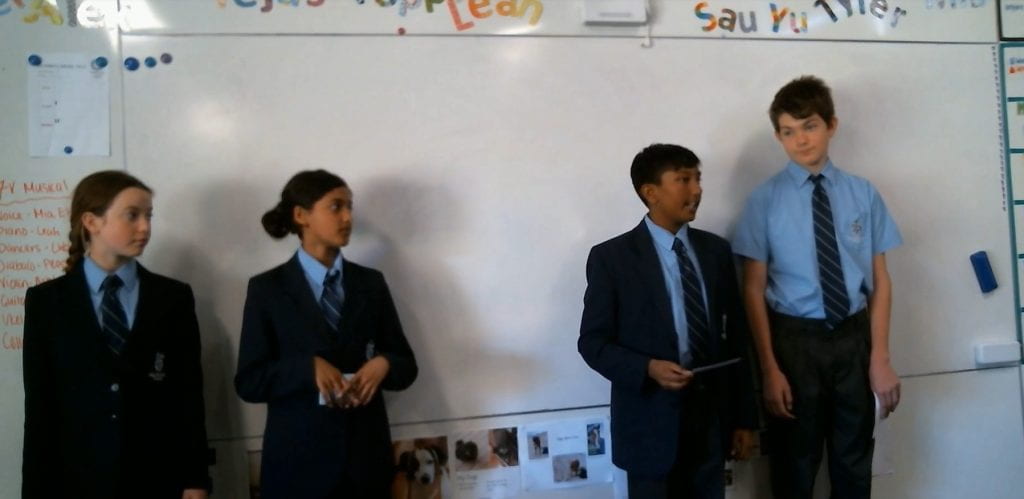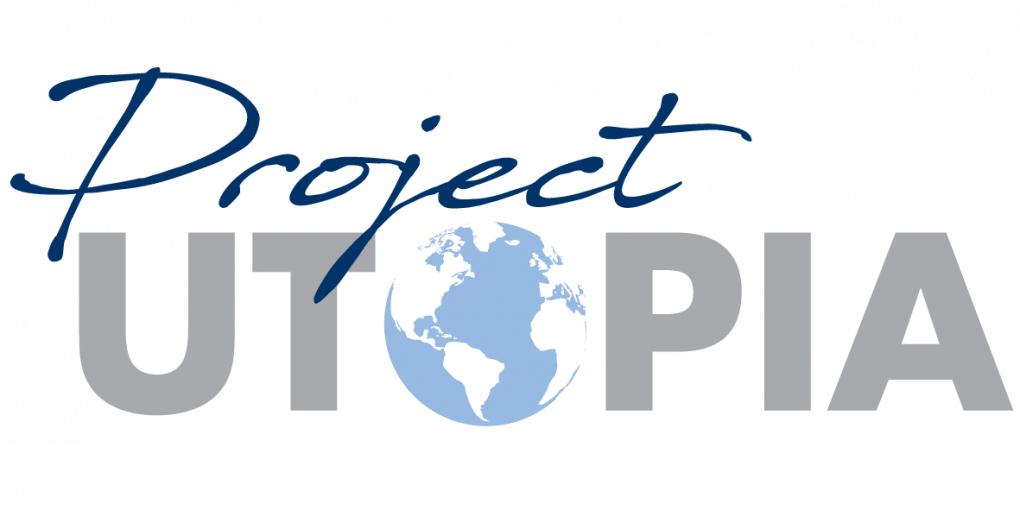After weeks of learning about liveability, sustainability and analysing the novel ‘The Giver’ during our English and Humanities lessons, we were asked to design a utopia. A utopian society is a place of ideal perfection, especially in laws, government, and social conditions. Using the skills we learnt from our prior lessons, in groups of 4 we were given the task of creating a functioning society by designing a part of the new Fremantle port which was being shifted to Kwinana. However, in the past students have been given a different task of creating a utopia but not in real life. This was mostly due to the fact that this year a student’s parent named Nicole Lockwood, who is the Consultant of Infrastructure, Planning and Regional Development who was hired by the government to design the new Fremantle port. She said that she would like to be involved with Project Utopia. This year we were given a significant opportunity and were very privileged to design a place in real life which gave this project a stronger sense of authenticity. Our group decided to create a sustainable housing unit to attract new residents to come and live in this new location to build a new community.
Throughout this project, we used the Design Thinking Process for the different stages. The first part was the empathising stage where we needed to gain inspiration for this project. We were given a tour of the existing port and learnt about its rich history, as well as the lasting connection the residents of Fremantle have with the Port. This changed parts of our project as we needed to find a way to connect back to the history of the Port. Throughout this project, we incorporated the ASC Capabilities into our groups to work more efficiently with quality. It also tested our public speaking skills as at the end of this project we presented our ideas to the parents and other special guests that may want to implement our ideas into the actual area. Throughout the process, we have had special guests such as local politicians or architects who have come to give tips and guide us in the right direction. I learnt many skills such as collaboration, effective communication, sustainability, liveability and about the UN Global Goals through the course of this project.

ASC CAPABILITIES
Throughout the entire project, we needed to use the ASC Capabilities within our group to make sure our collaboration, communication and problem-solving were effective, which helped us to create an idea and vision board with quality. The ASC Capabilities were created as they are transferrable and apply to anything we do. It consists of many skills such as Creativity, Resilience, Organisation, Collaboration and Problem-Solving. Our group needed to do a lot of problem-solving after running into many problems throughout the creation of our vision board. The first problem we had were the large number of unnecessary images that we had on our draft vision board. When we came to an agreement, we decided to minimise the number of images that directed people’s attention onto the more significant images related to our project. From this experience, I learnt that I needed to take leadership to say that we needed to take this action.
This also tested our resilience. Our group was also organised throughout our project as we knew what we wanted to do each period, whether it would be working on the script, working on the vision board or a mixture of both. We also needed to use our creative minds to create an appealing vision board to get our idea across. We did this through our use of images and colour. Our collaboration and effective communication were also a considerable factor in this project as if our teamwork wasn’t on point, our productivity, efficiency and quality would decrease by a great deal. Sometimes our group would disagree and take sides on decisions, but we would negotiate and try to integrate everybody’s ideas. The ASC Capabilities were a crucial part of our group’s teamwork.

UN GLOBAL GOALS/SUSTAINABILITY
Another major factor that we needed to take into account in this project was the sustainability of our housing. We did this by connecting back to specific UN Global Goals that were relevant to this project. The two Global Goals that our group focused on were goals 11 and 9, which were “Sustainable Cities and Communities” and “Industry, Innovation and Infrastructure.” When in the researching process, our group learnt a lot about different sustainable materials that we could incorporate into our houses, as well as the renewable energy sources that could be used as power. Some materials that we researched are triple glazed windows, reclaimed wood, and eco-friendly paints.
These materials we have chosen to incorporate into our housing act in different ways to make it more sustainable. A material such as triple-glazed windows helps keep the energy within the house without wasting it. Reclaimed wood is another material that is essentially reusing wood which will save chopping down more trees and is a smarter choice of resources. We also had many other materials to use but the main purpose of these materials was to not waste resources. The main source of energy that we have chosen would be solar energy. Solar energy is created from the sun and using solar panels, the energy is converted into electricity and can be used as power. These uses of sustainable materials and renewable energy made our housing more eco-friendlier which connects to our global goals.

LIVEABILITY FACTORS
When designing this residential unit, we also needed to take the liveability factors into consideration. In Humanities, we learnt that the liveability factors decide the liveability of an area. The liveability factors are a group of deciding elements that ultimately tell if a place is best for you to live in based on your decisions. They are categorised into sections called the subjective factors and the objective factors. Objective factors are different components that can be expressed in numbers whereas subjective factors are personal and emotional that cannot be measured. This was why it was hard for us to include any subjective factors as we don’t know what people may like or dislike. However, the objective factors we have included in our residential unit were Infrastructure, Climate and Environmental Quality.
There is a lot of surrounding infrastructure on the other side of the port that help bring people together and build a sense of community. For example, another group created the idea of an underwater restaurant that allows people to socially interact with each other. The climate of the area we couldn’t exactly control, but from prior experience, we knew that the weather was moderate most of the time, which would attract more residents. Our houses are already made out of mostly sustainable materials and have strong air quality with minimal pollution due to the types of paint we have used. These liveability factors have ultimately made our houses more attractive to incoming residents.

PUBLIC SPEAKING
One of the final stages of this project was actually proposing our idea with a speech, explaining what our idea is and our process to the parents and the special guests creating the new site. We learnt that there were certain components to make a speech more appealing and clearer to the audience. The different components were known as the 4 “p” words and were pitch, pace, power and pause. We learnt these 4 components during our English classes to enhance our speaking skills as well as our confidence to seem more engaging.
Pitch was important as the tone of our voice highly impacts how the audience may interpret. If we stay within our natural pitch, our presentation will seem normal but if it’s higher, it may come across as if we are scared or frightened and if it is too low, we will seem intimidating. The pace of our speech is crucial as the overall speed may affect the amount of information our audience retains. To retain information someone must understand it but if no one will understand the speech if it is too fast. Power is another critical component as if you use too much or too little, your audience will be confused. Power is the volume of your speech and if it is too loud it may seem angry or joyful and if it is too quiet it will demonstrate fear. It is important to vary your power throughout your speech to keep it engaging. The last component is pausing which is essential in speeches. It is imperative to take short pauses after each sentence and a longer pause after each paragraph. These pauses will help emphasise some of your points. These techniques we have learnt during English have made our presentations more articulate.

Project Utopia was a very exciting project that allowed us to stretch our minds and think of creative solutions to real-world problems. We needed to use the ASC capabilities, the UN global goals, the liveability factors, and the public speaking skills we learnt in class to make our idea as best as possible. Our group used effective communication and collaborated well to make a vision board of high quality as well as a well-coordinated speech. However, next time if we’re to do this project again, I would spend more time on our vision board and make it look more appealing as our one didn’t stand out amongst other ones. We learnt a lot of skills in class that helped us with this project and will help us later in life. Overall, I feel that this project was successful in many ways, and I thoroughly enjoyed the process.
